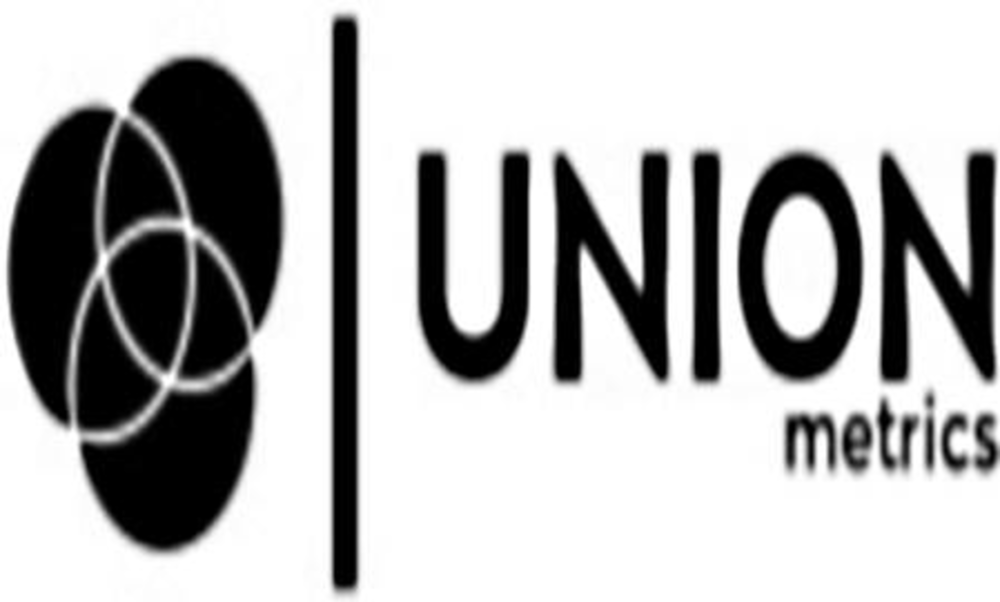Link
http://tweetreach.com/products/
Specifications
TweetReach Pro monitors, measures, and archives Twitter activity around specific topics, brands, events, campaigns, and industries in real time and on an ongoing basis. Comprehensive analytics cover message reach, content performance, impressions, contributor engagement, and more.
Cost
Monthly subscriptions range from $84 to $2,500.
Ownership
Union Metrics.
User
Diane Lang, social media manager at BlogHer, has been using TweetReach Pro for almost two years.
How do you use it?
It’s very basic and easy for the user. I just log on to our portal to view our dashboard and graphics that show the performance of a campaign, including a list that gives us at quick glance the percentage increase or decrease of each campaign’s Twitter activity.
From that screen I can also create trackers with hashtags, keywords, and more in order to set up new campaigns. They tell you exactly how to set up each tracker so you make sure you catch what you want to. I include misspellings and multiple hashtags. For instance, for our recent BlogHer 13 conference, I tracked #BlogHer13, #BlogHer2013, and just #BlogHer because many times people create their own hashtags and we try to anticipate what they might use.
We’ve only experienced an issue with the platform once or twice. If I have questions about services, pricing, plans, or algorithm changes, I send an email to a general inbox. It’s really simple and they’re very helpful. They reply in the same day and sometimes in the same hour. We’ve gotten to know the people there – it’s not a giant corporation – and there’s something to be said for that level of service in the tech industry.
How does it serve your business needs?
We use it year-round to engage with our campaigns and client activations for our publishing network.
We do a lot of ad campaigns, and we also have an influencer program where members of our community tweet. TweetReach Pro helps us measure both.
For events, it helps calculate reach of attendees, which is great for event sales. We can see conversations about sponsors, what’s happening in real time at events, quantify hashtag performance, and determine what time of day or day of the week is best to post.
We can also see top influencers for any given campaign. I think it gives you the top 100. It’s nice to be able to show a client how certain users performed, and then we can reach out to those same people again if that’s what our client is interested in.
Last year for BlogHer 12, President Obama opened the conference via live feed. I tweeted about his appearance and he retweeted it. Being able to show the related reach we got and that he was interested in the BlogHer community was a big deal for us. We ended up winning best use of social media from Digiday for that event.
TweetReach pro also shows the massive reach our conference attendees and speakers have. Last year Katie Couric and Martha Stewart attended. Both are very active in social media, so when they send something that mentions a BlogHer event, it shows we have massive reach, and that’s great to show to brands and clients that are interested in working with our bloggers.
We always like to say that we don’t make money off the women bloggers in our community; we make money with the women bloggers in our community. When we can provide a client with specific TweetReach numbers it helps us get better campaigns for our bloggers.
How does it integrate with your existing infrastructure from an IT standpoint?
It’s Web-based.
What are the main benefits?
It has simplified our reporting process across the broad.
We’re a cross-platform network so it can connect our users in a way that benefits the company as a whole. For instance, if a client sees our extended reach at a conference, and they are a sponsor, they might be more interested in running a digital campaign or vice versa. It helps us show what we can do for them, what our community does, and maybe then take them into another platform.
It’s easy to use. We can add or subtract the amount of trackers we use on a month-to-month basis, which is really nice so we don’t have to have a massive contract all the time.
It’s also really easy to change the number of campaigns we’re running.
What are the main drawbacks?
The only drawback is sometimes a hashtag grows organically, and if you haven’t set it up ahead of time to track that hashtag, you can’t pull data on it after the fact.
What would you like to see improved/added?
I’d like it to track data historically on hashtags that spring up organically. [Note: Union Metrics does offer “Premium Historical Analytics” at an additional cost that can capture historical data on tweets with hashtags that a client did not track initially and more.]
I’d also like to be able to customize the dashboard graphs. Right now it shows every tracker you are running, and I’d like to be able to compare maybe just two.
Competitors
Topsy: provides real-time social search, indexing, and analytics tools, including access to all tweets since 2006.
Salesforce Marketing Cloud: a comprehensive suite of tools for social marketing that includes monitoring, content creation and management, engagement, advertising, automation and analytics.








